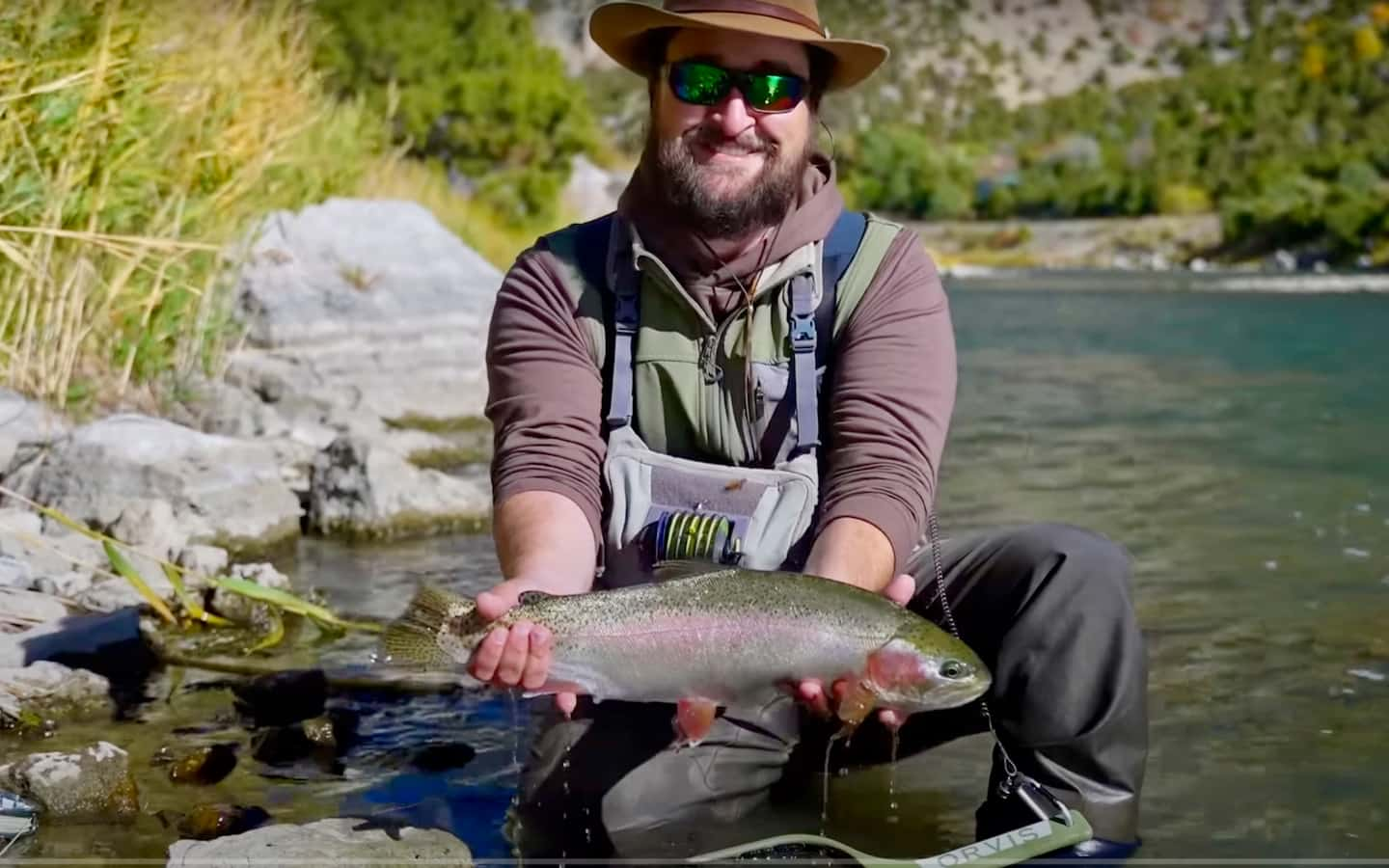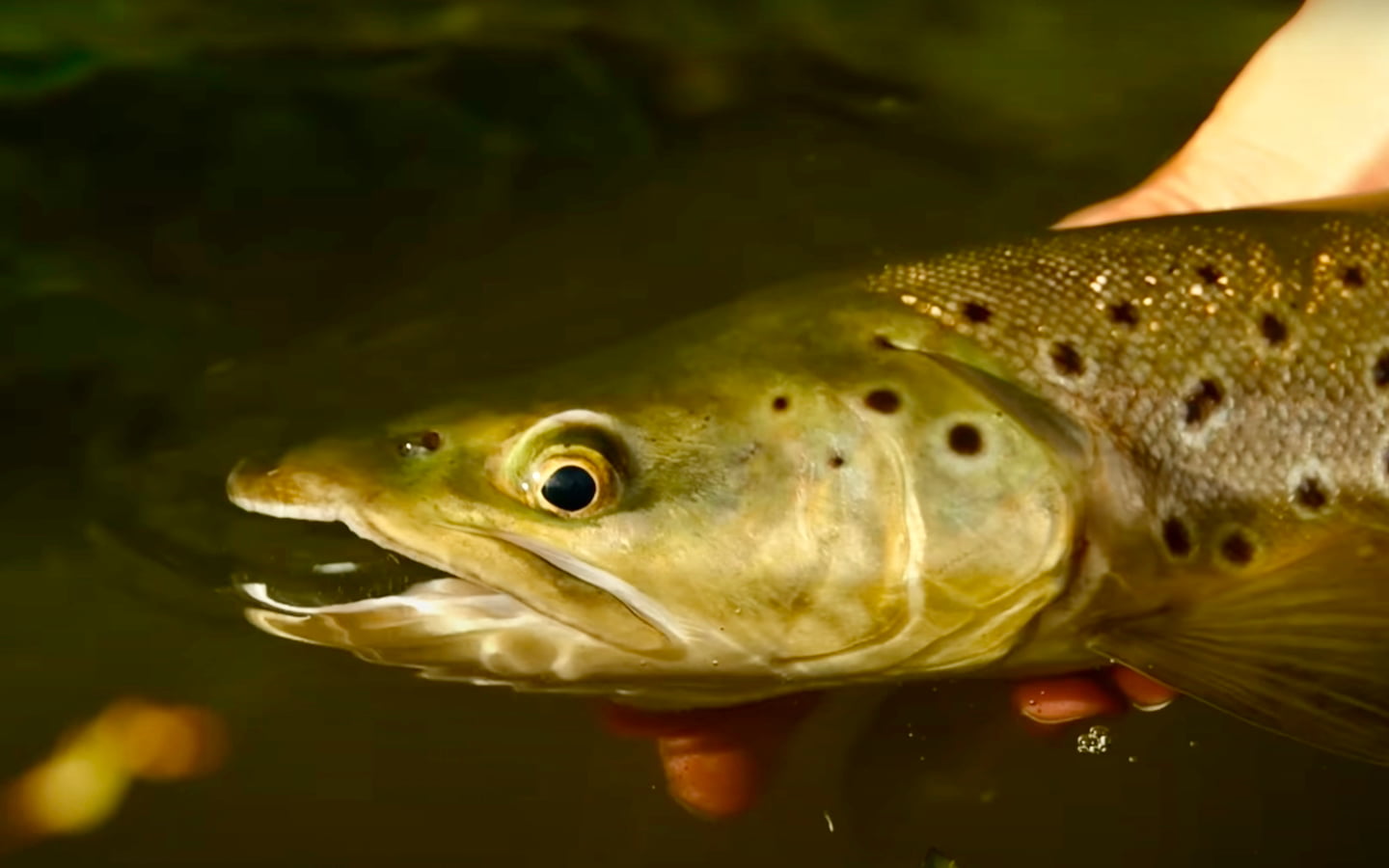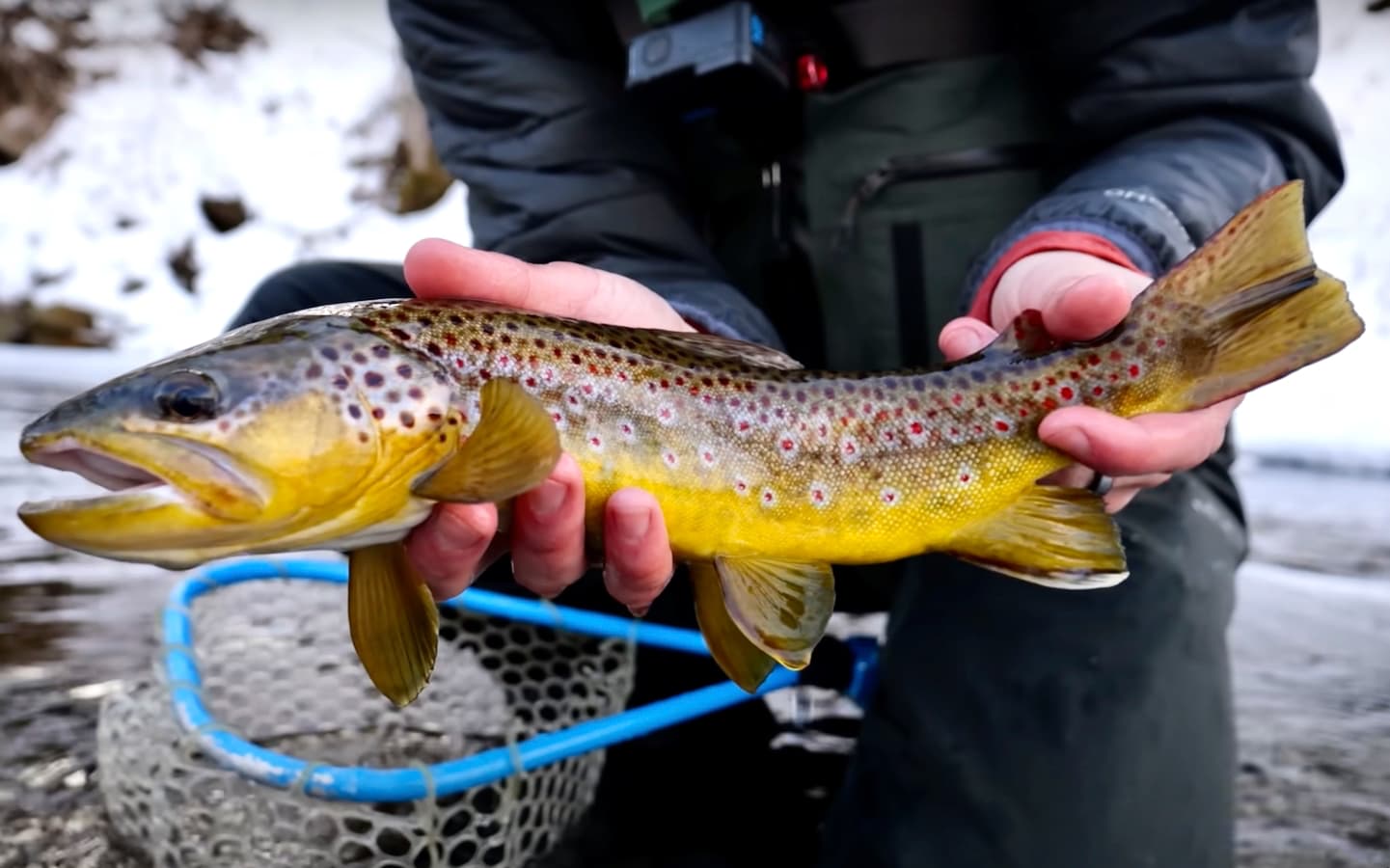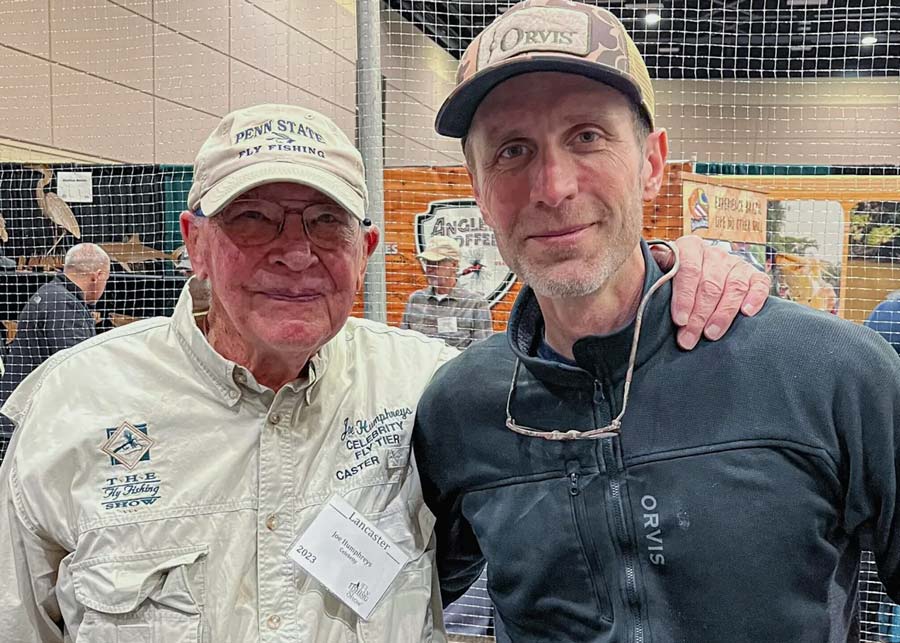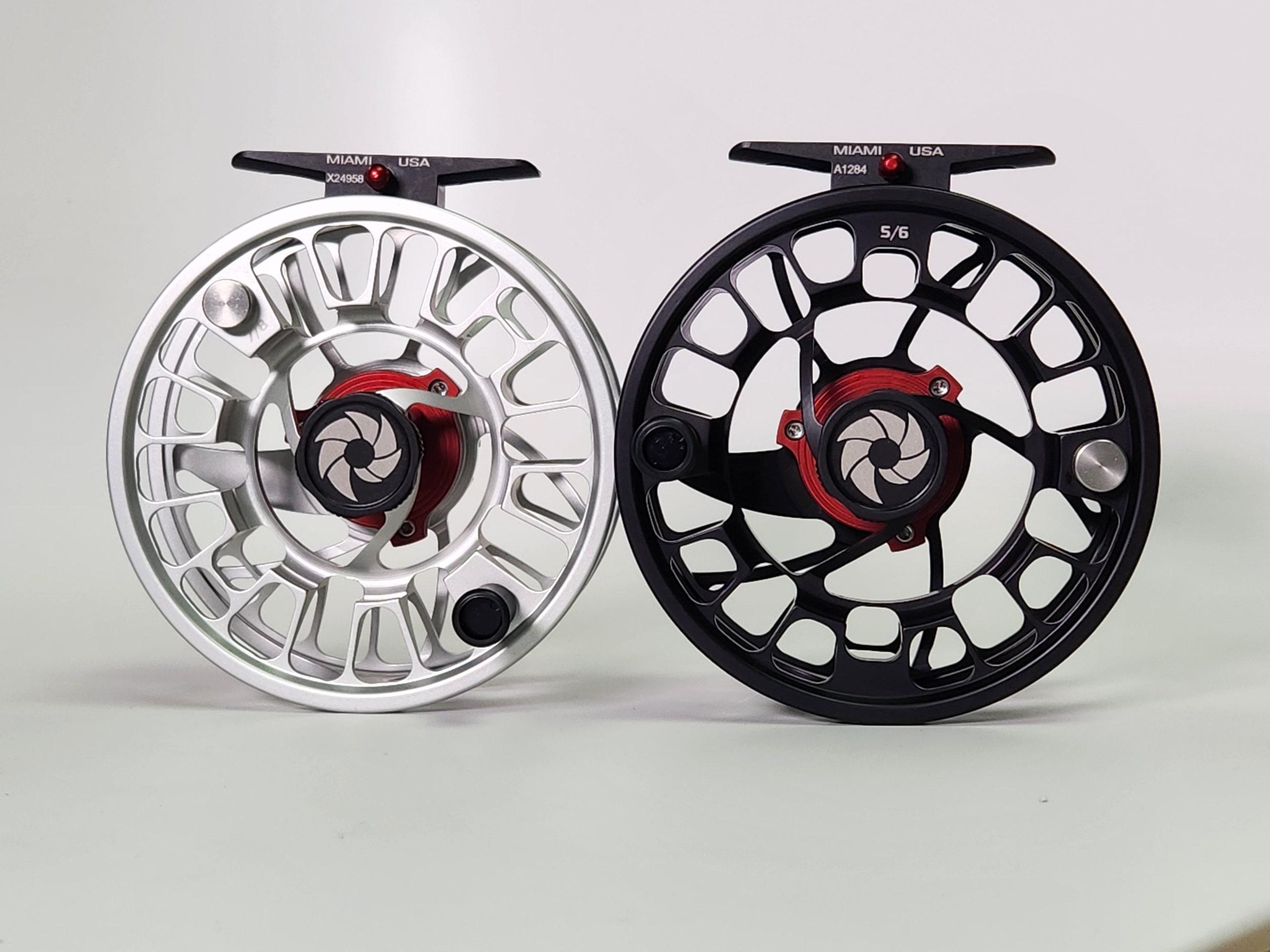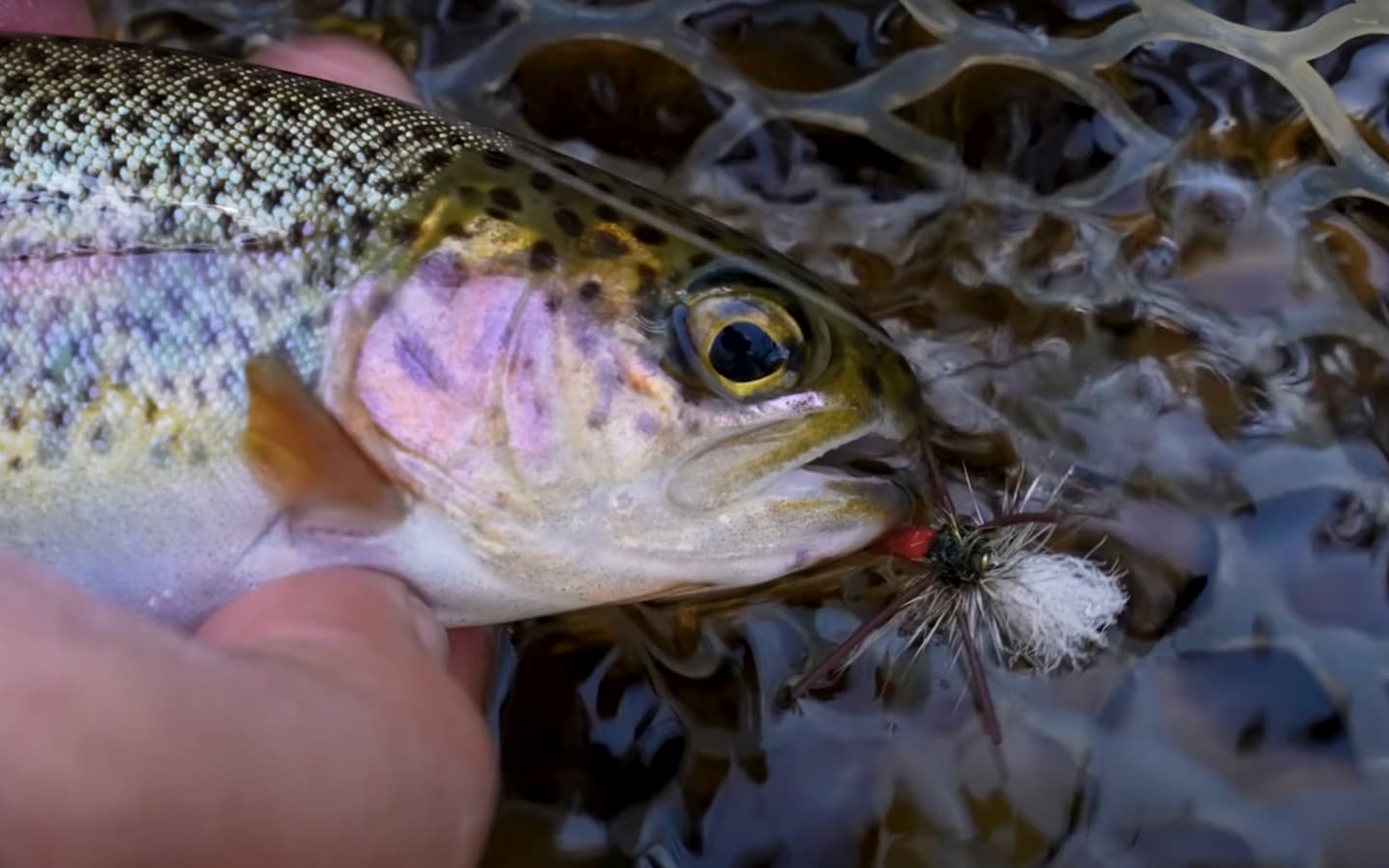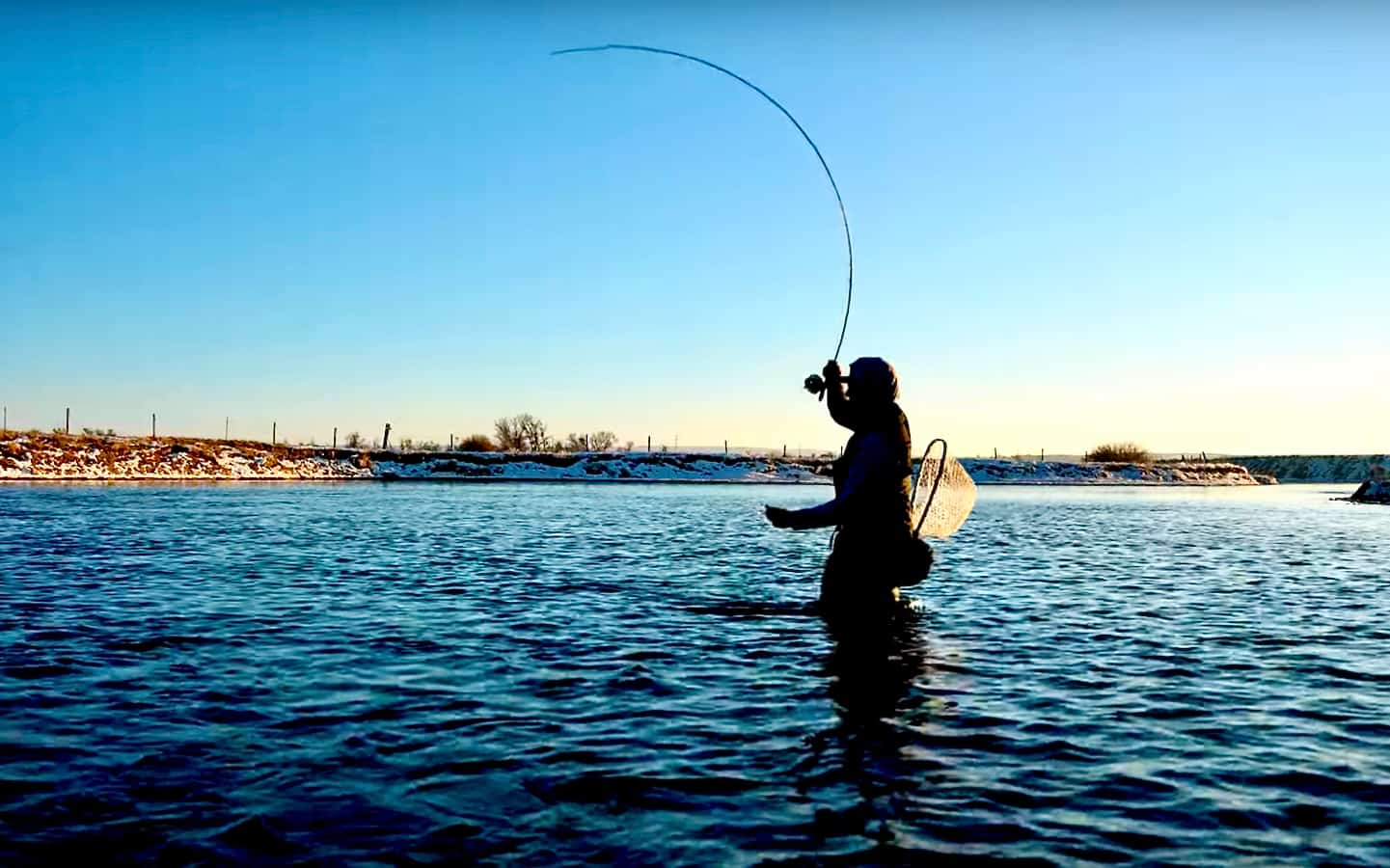Review: Beaverkill Rod Company 7-Weight Fast-Action

The Beaverkill 7-weight fast action rod seems stiff in a wiggle test, but throw on a sink-tip line and it begins to show its stuff. Brickhouse Creative photo
Fly fishing, like many other sports, is chock full of conventions which are rarely questioned. Anything from a 9-foot 5-weight being the most recommended rod on the planet to the reluctance to cast (or sell) any leader that’s not 7’6” or 9’. Like all truisms, some are in place for a reason, but others can stifle creativity and slow progress.
Enter Anthony Magardino. Magardino is not a former guide, is not a former shop rat, and is not on any pro staffs. In fact, he’s relatively unknown in the world of fly fishing. He is, however, a fly fishing foot soldier—a veteran of the sport who has fished his local waters for many years. He also is a successful businessman. The combination of the two, and some fortuitous timing, led Magardino to buy Beaverkill Rods.
It is clear that Magardino intends to do things a little different with Beaverkill. For starters, Magardino is very proud that the rods are 100% American made, from the blanks to the components. Next, rather than dipping in a toe, the company started by rolling out a whopping 26 rods. And to really rile up the masses, the company started with, and will continue, to offer direct sales to customers through its website. By offering the rods to the public for $400, the company hopes to save anglers a few bucks to spend at the fly shop, says Magardino. But the manufacturing plan and distribution model are not the only ideas that set apart the company.
Rather than offering different models of rods, the company will offer different actions and lengths in each weight. The company will offer 3- through 12-weights ranging from 7 feet to 10 feet in “slower action, mid-action, and fast action.” For instance, Beaverkill offers a 10-foot fast action 8-weight, a 9-foot mid-action 8-weight and a 9-foot fast action 8-weight.
And because Magardino has obviously put a lot of thought into these rods, it seems appropriate to point out that the hook-keeper is side-mounted rather than the traditional bottom mounted and that all of the rods – from the 3 to the 12 – are three pieces.

Tester’s reward: streamer fingers. photo by Brickhouse Creative
Some components of the rods are fairly standard, but Magardino has splurged with others. Reel seats for most rods are “uplocking aluminum, anodized with titanium and satin finished bird’s-eye maple wood inserts.” For the saltwater rods, the reel seats are black anodized aluminum. All rods have “super grade” cork from Portugal in varying grip styles, depending on the rod. Stripping guides are “high frame three-leg, one piece stainless steel with a silicon carbide molded ring to reduce friction,” with the idea of making casts longer and more accurate. The snake guides are made of “stainless steel coated with titanium carbide for superior corrosion, abrasion and groove resistance.”
When Magardino contacted me about reviewing one of his rods I happily obliged, if out of curiosity at the very least. Because it was deep into fall, the hopper window—for the most part—had passed and it wasn’t yet time to resort to size 22 midges, I picked the 9-foot 7-weight fast action rod because it fit well with my visions of sink tip, large flies, big water, and strong wind.
This particular rod has a full wells grip and even though it may not affect the performance of the rod, it is worth noting that the fighting butt on this rod is 100% cork rather than having the rubber bottom that is common in similar rods. The reel seat is, as stated, anodized aluminum.
Streamer rods to me are workhorses. They don’t have to have the finest fit and finish but they must be able to handle big flies, big lines, and heavy wind. They also must be somewhat light—or at least not bruisingly heavy—as I would prefer not to get carpel tunnel before I turn 30. I typically look for a rod categorized as “fast action” because the sink tip usually flexes the rod much more than a traditional floating line.
After a quick wiggle test I wondered if the rod flexed at all. It has a stiff tip without much life anywhere, whether in the tip or the butt. But a rod is not made to wiggle. With the heavy line, it came alive and was able to whip the sink tip even better than an 8-weight I own that is of a bit higher price point. The rod was light and svelte and was no more tedious to cast on the eightieth than on the first go. According to Beaverkill, the fast action should flex in the tip if lined honestly, somewhere in the mid-section if over-lined by one weight, and in the butt if over-lined by two weights. With the 200-grain line the rod flexed down to the butt and delivered tight loops into some pretty tough conditions. Also, it was a pleasure fighting decent sized rainbows with this rod, as opposed to the broomsticks that are easy to find in this category.
Do the components and finish of the rod make it better or worse? In my opinion, not really (although I will say the reel lock is one of the more sturdy ones I’ve seen). To be honest, I didn’t think it needed marketing hyperbole; the average fly rodder will probably be oblivious to the value of premium cork or three-legged guides. Being made in America does not give you an extra 10 feet on the cast either. That being said, the rod casts well, there is certainly some pride in it being made in America, and the attention to finishing could show its worth after some wear and tear.
In this crowded market of established rod makers, to start a new rod company takes guts and, frankly, a healthy dose of optimism. A guy like Magardino, because of his enthusiasm, just may be able to pull it off. Continuing to manufacture quality rods with a very approachable price tag will certainly make the task an easier one.

